A round-up of the week’s reviews and interviews
‘Silent Partners’: mannequins at the Fitzwilliam Museum (Katy Barrett)
‘Silent Partners’ looks at how the uncanny presence of the artist’s mannequin has changed from the 16th to 21st centuries. The ‘lay figure’ has developed from being a necessary but embarrassing tool used by almost every artist but never acknowledged (and never intentionally evident in a painting) to a conscious element of modern art, intended to comment on the nature of human life…But it is the Surrealists, Giorgio de Chirico, Oskar Kokoschka, and finally the Chapman Brothers that bring home the uncanny nature of the objects in the show.
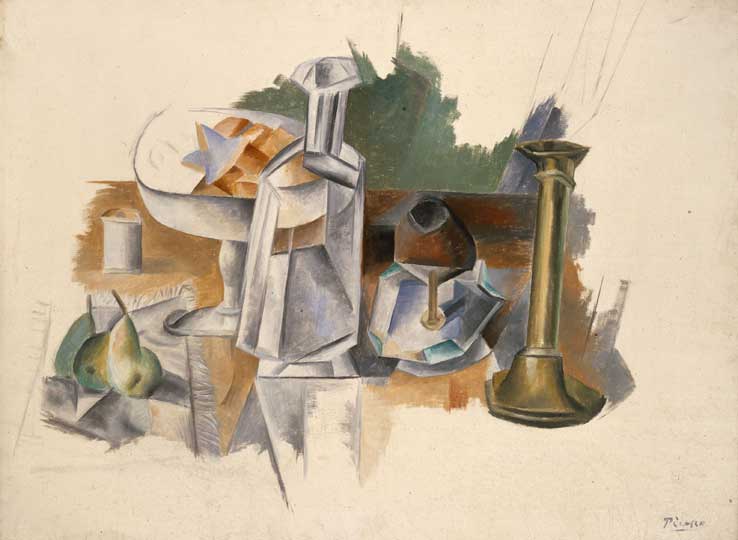
Carafe and Candlestick (autumn 1909), Pablo Picasso © 2014 Estate of Pablo Picasso / Artists Rights Society (ARS), New York
A history of Cubism in one collection: the Lauder gift at the Met (Louise Nicholson)
Leonard A. Lauder’s promised gift of 81 Cubist works to New York’s Metropolitan Museum of Art is now on show. The collection, which he has gathered over 35 years, is the most important of its kind in private hands…Each room of Lauder’s gift tells a chapter of the Cubist story, the paintings so astutely bought that many are benchmarks in the movement’s revolutionary history.
‘AZIMUT/H’ at the Peggy Guggenheim Collection (Rosalind McKever)
Between September 1959 and July 1960 a flash of activity illuminated Milan’s already vibrant artistic scene. An art review called Azimuth, and a gallery called Azimut, were organised by the rather unlikely duo of Piero Manzoni…and Enrico Castellani…This exhibition takes Azimut/h as the centre of a constellation of art and artists – a diagram on the gallery wall seeks to visualise this, with impressive, if bewildering, results – and brings together works…to evoke an artistic tendency which Castellani himself said was ‘impossible to define’.
Mirrorcity: Glimpsing the digital revolution (Jessica Furseth)
‘Mirrorcity’ picks up where ‘Digital Revolution’ [at the Barbican] left off, focusing on how contemporary artists deal with the ‘challenges, conditions and consequences of living in a digital age’. The show is decidedly mixed, which reinforces the overall impression: that the digitisation of art is still in its infancy. As the digital world morphs into an augmentation of daily life, artists are working out how they can use it to enhance what they have to say. But it’s a work in progress, and can easily feel gimmicky.
Artes Mundi: international art in Cardiff (Emma Crichton-Miller)
In 2002 the Welsh artist William Wilkins established Artes Mundi in Cardiff. The biennial exhibition and international contemporary art prize provide a stimulus to both artists and audiences in the country, and the single prize of £40,000 has ensured a rich field of applicants (this year, over 800 nominations) from across the globe. The focus of the organisation has always been on art that ‘reaches out to a wider audience than usual and [in which] the artists should refer to the human form and the human condition.’ In practice this has meant a commitment to work that is socially engaged, often site-specific and unafraid to confront difficult emotional or political subjects.
Imran Qureshi: November Apollo
I didn’t know anything about miniature painting when I started out – I’d only read an article about it in one of the Urdu newspapers before going to the National College of Arts in Lahore. And when I got there and discovered there was a department dedicated to it, I thought it needed too much patience – I was very into socialising and the theatre then – and that maybe it wasn’t for me. But I found I enjoyed it and was able to sit for hours and hours while painting a miniature. My teacher, Bashir Ahmed, encouraged me, as did my fellow artists, even when I said I didn’t have the right temperament.
Koen Vanmechelen on the art of cross-breeding chickens (Digby Warde-Aldam)
Chickens are everywhere. Not live chickens, granted, but pretty much every other sort. And there are more of those than you might dare to imagine. There are portraits of chickens resting against a group of headstones. There are huge photographs of them hanging from the walls. In one corner, display racks hold up taxidermies of ex-chickens. There’s even a golden cast of one of the beasts. You half expect to find a clutch of eggs in one of the alcoves – so it’s not surprising when you do.
Unlimited access from just $16 every 3 months
Subscribe to get unlimited and exclusive access to the top art stories, interviews and exhibition reviews.

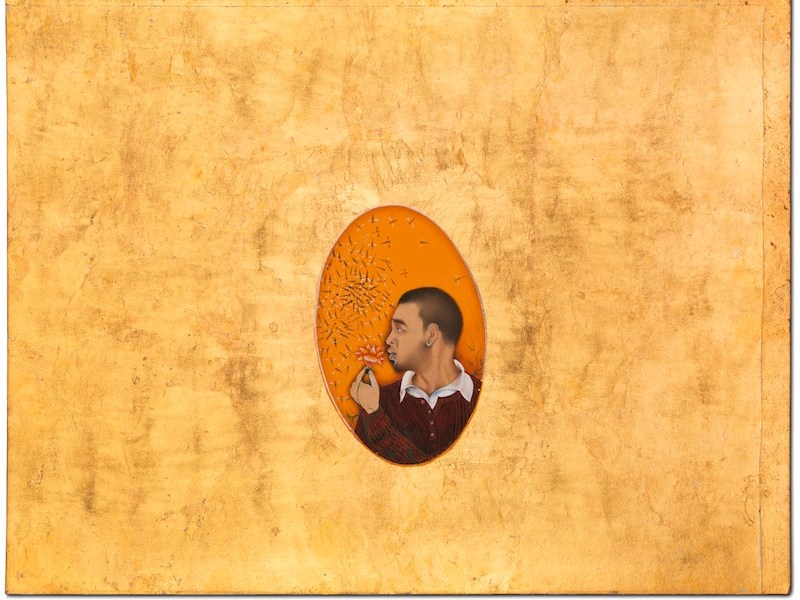
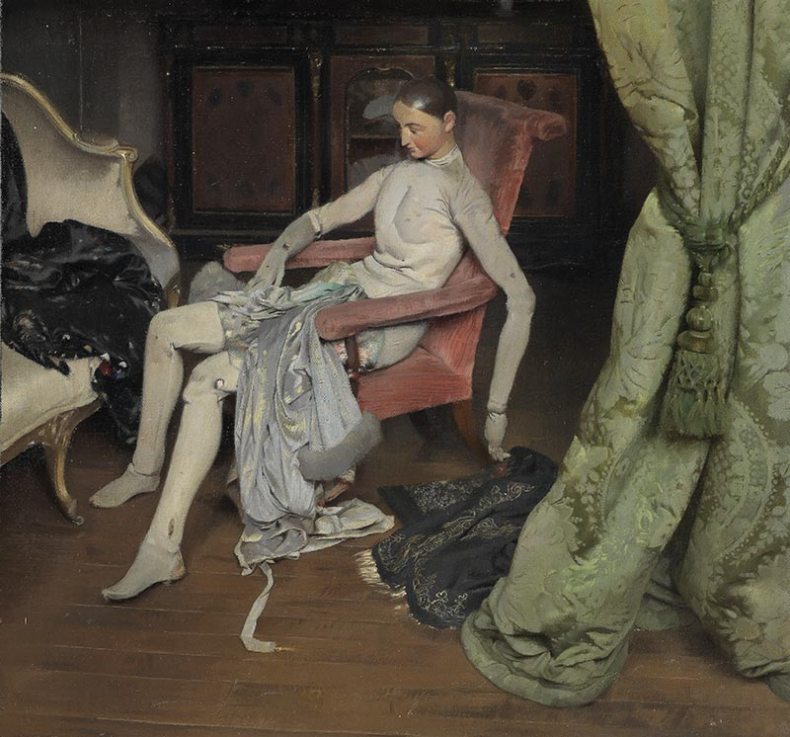
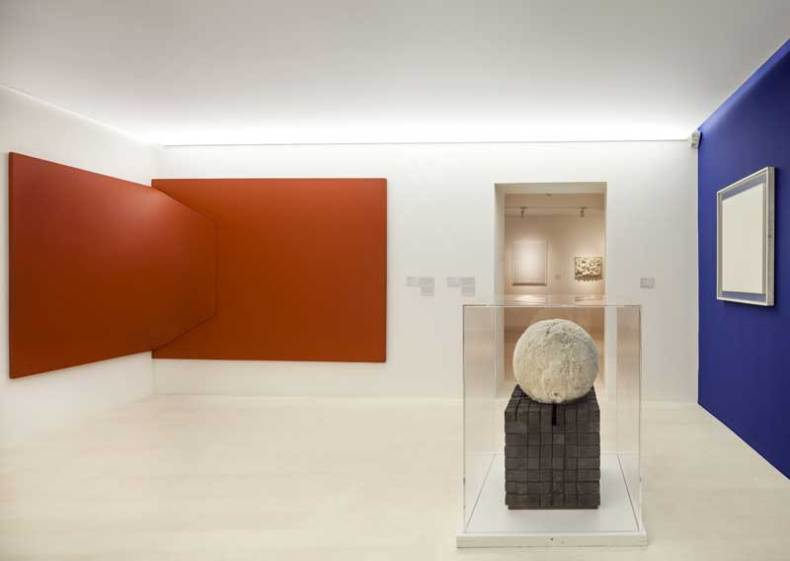
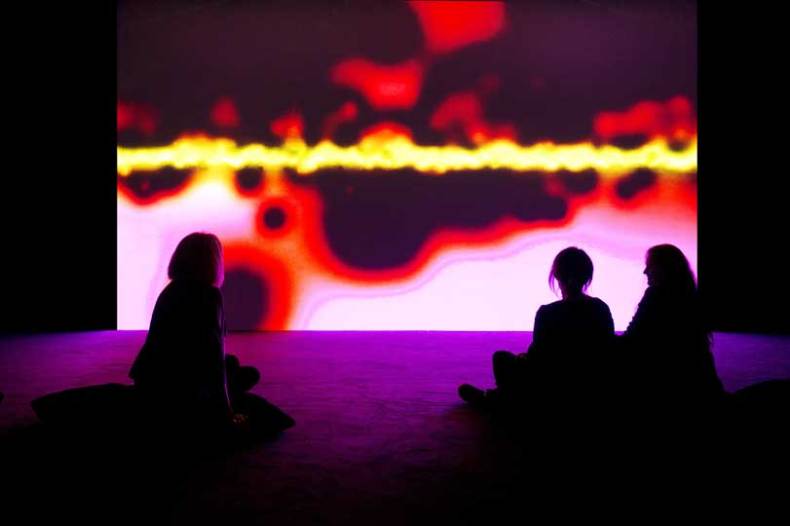
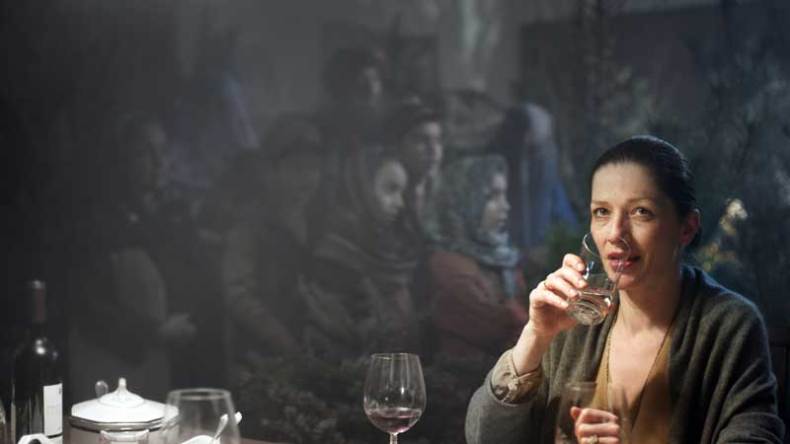
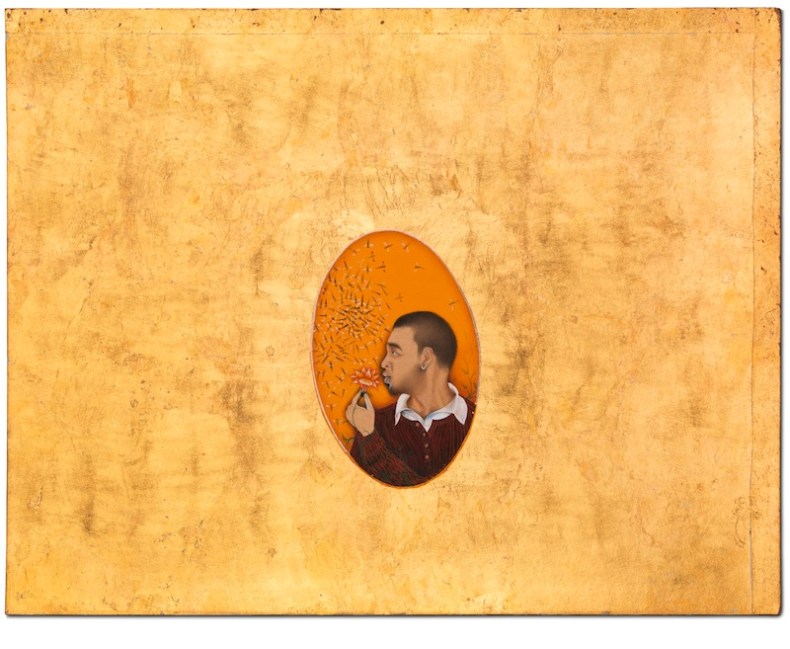
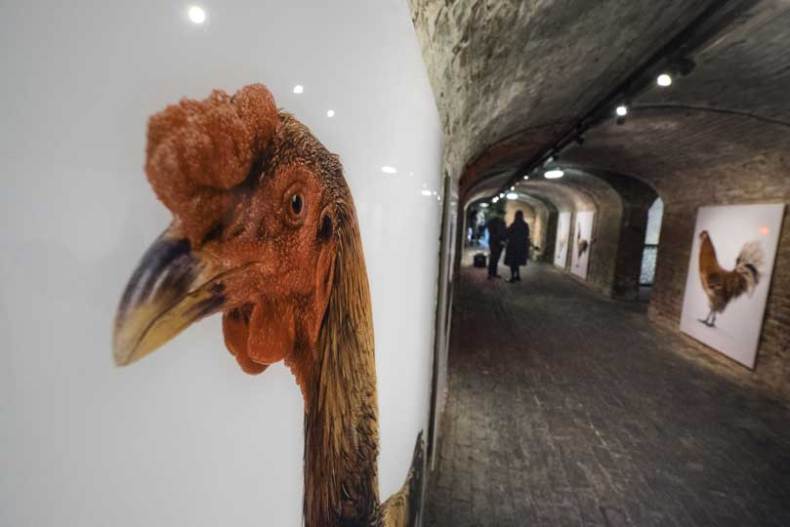
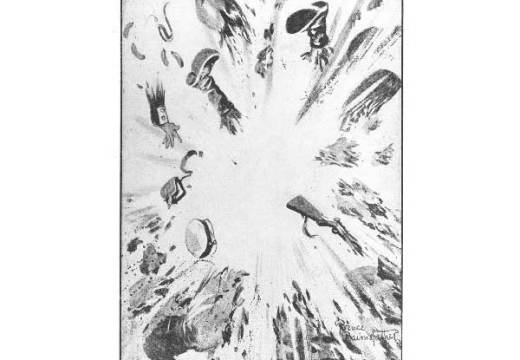
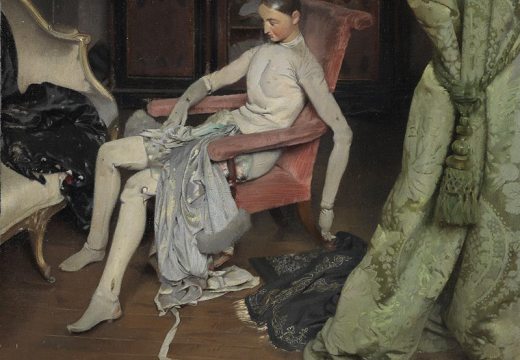
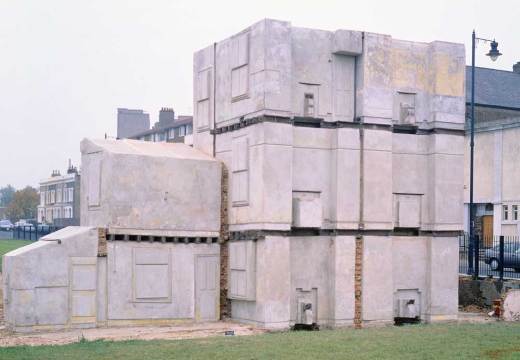









![Masterpiece [Re]discovery 2022. Photo: Ben Fisher Photography, courtesy of Masterpiece London](http://www.apollo-magazine.com/wp-content/uploads/2022/07/MPL2022_4263.jpg)
It’s time for the government of London to return to its rightful home